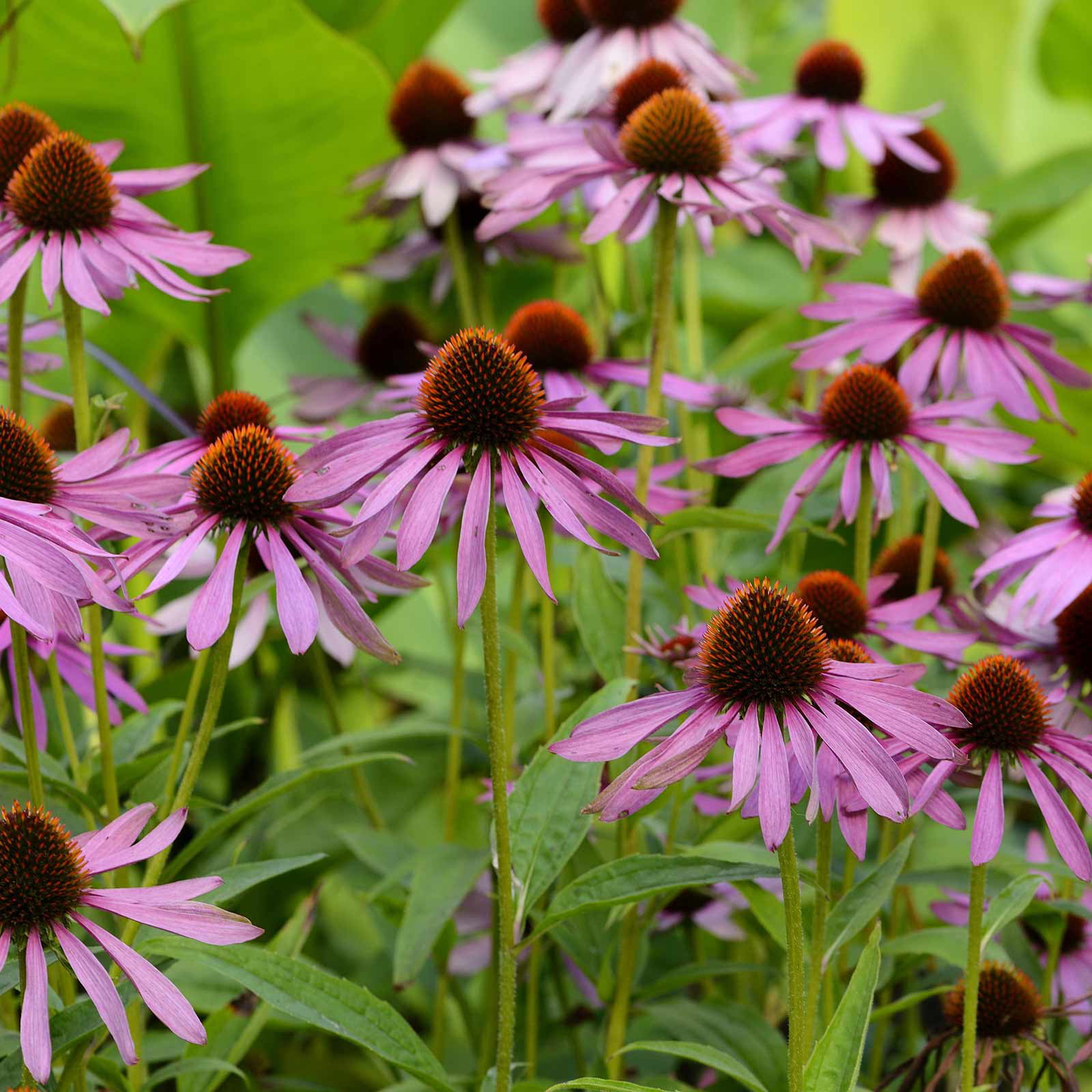


This plant was first introduced to colonizers by Native Americans who respectfully worked with the plant to treat wounds, burns, bites, toothaches, and other similar ailments.Įchinacea purpurea has many medicinal properties and has become common in vitamin shops and western cold remedies. Interestingly, the Purple Coneflower was thought to be in the Rudbeckia genus until fairly recent DNA testing revealed it was part of the Echinacea genus.

It most commonly grows in rocky flat land regions and wooded areas, and can actually replant itself in nature as the seeds fall into the ground. The plant is native to Eastern United States, including Iowa, Ohio, and Michigan. This refers to its spiky brown cone where the petals bloom off from June to August. The genus name, Echinacea, comes from the Greek word echino, meaning hedgehog. It is colorful, daisylike, and has dark green, lance shaped leaves, narrow and droopy petals, and thick, hairy stems. It grows anywhere from two to four feet tall and is tolerant to poor soil conditions, drought and extreme heat conditions. In its natural environment, the Purple Coneflower attracts many insects, such as honeybees and small songbirds, because of its nectar and seeds.
#PURPLE CONEFLOWER PERENNIAL PROFESSIONAL#
Professional Licensure and Certification.Visiting Artists, Designers, and Scholars.


 0 kommentar(er)
0 kommentar(er)
